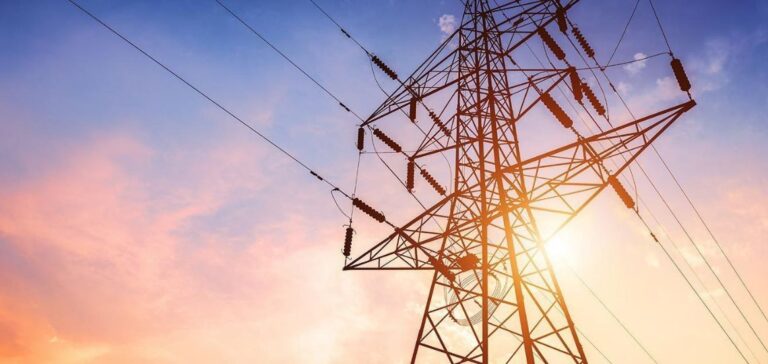The EU electricity reform was proposed by the European Commission to ensure more predictable prices for producers and consumers, thus helping to finance the energy transition. Industry players, however, point out that this reform will not eliminate hydrocarbon volatility or immediately reduce electricity bills.
A reform in the face of soaring hydrocarbon prices
The reform plan does not change the functioning of the wholesale electricity market, where prices are determined daily by the cost of the last power plant used to balance the grid, mainly gas-fired. The prices are therefore rising in line with the gas prices. The price signals in this market do not change, but this system remains essential to meet peak demand across the continent.
Long-term contracts key to EU electricity reform
The reform aims to cushion the impact of short-term volatility on producer revenues and consumer tariffs by “smoothing” them out through greater use of long-term contracts. Consumers could benefit more from the low costs of renewables and nuclear, and the guarantee of predictable revenues would encourage investment in these decarbonized energies, gradually reducing the influence of gas on prices.
Brussels wants to promote fixed-price power purchase agreements between producers and consumers, by requiring states to provide guarantees to subscribers. Retail electricity suppliers should hedge with these long-term contracts to mitigate their overexposure to volatility. Energy-intensive companies could benefit from predictable prices over ten or fifteen years.
According to Michel Colombier, a researcher at the Institute for Sustainable Development and International Relations (IDDRI), long-term contracts represent “a solution linked to a need for investment” for the energy transition. These contracts make it possible to limit electricity purchase prices to 40 euros/MWh, which have prevented the investments needed to renew the aging fossil fleet and develop decarbonized options. In this way, long-term contracts could encourage investment in renewable energy.
An alternative tool, contracts for difference (CFD)
The Commission supports the use of “contracts for difference” (CFDs) with a government guaranteed price. If the daily price is higher than the fixed price, the power producer pays back its excess revenue; if not, it receives compensation from the state. States would be required to use CFDs for any public support for new investments in renewables and nuclear, including existing plants.
CFDs can have drawbacks. They may deter some investors if they anticipate future price inflation and prefer to wait. In addition, the state serves as guarantor for CFDs, which represents a risk of considerable budgetary impact, according to the think-tank Bruegel. Kristian Ruby also points out that Europe is embarking on a long and complicated legislative process for CFDs, while the US offers an extremely attractive framework for renewable energy investments.






















